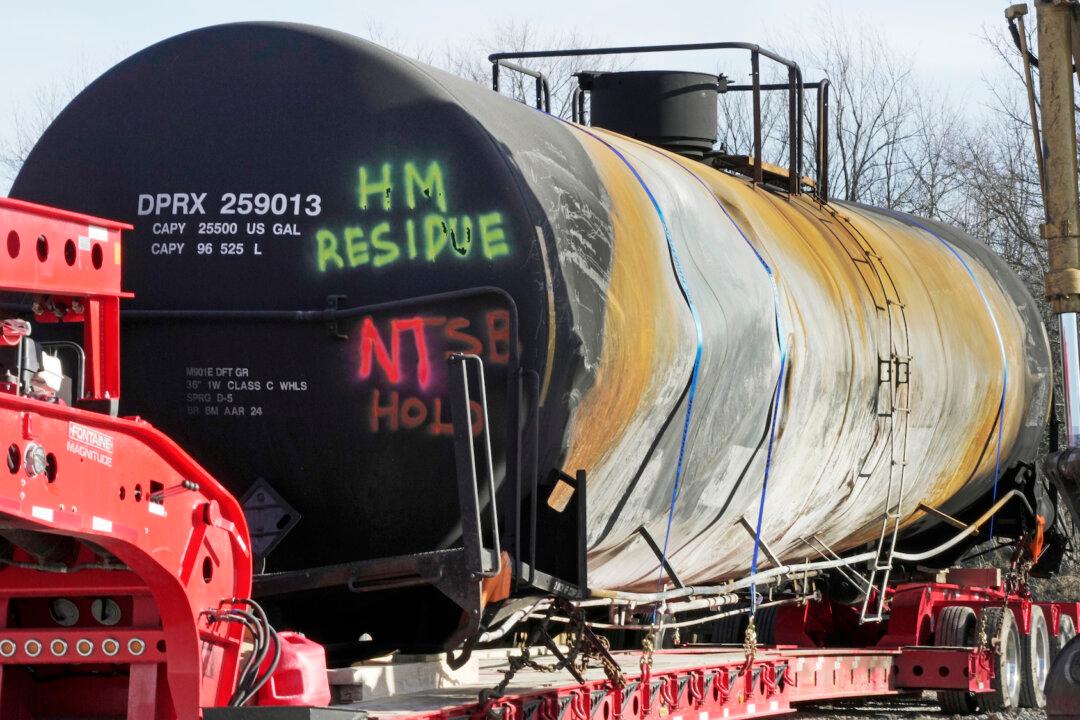Two House Democrats proposed a measure on Tuesday that would tighten regulations for trains carrying hazardous materials in response to the train derailment in East Palestine, Ohio, last month.
Reps. Ro Khanna (Calif.) and Chris Deluzio (Pa.) introduced the Decreasing Emergency Railroad Accident Instances Locally (DERAIL) Act after residents of their states were left worried about their safety and livelihoods.





